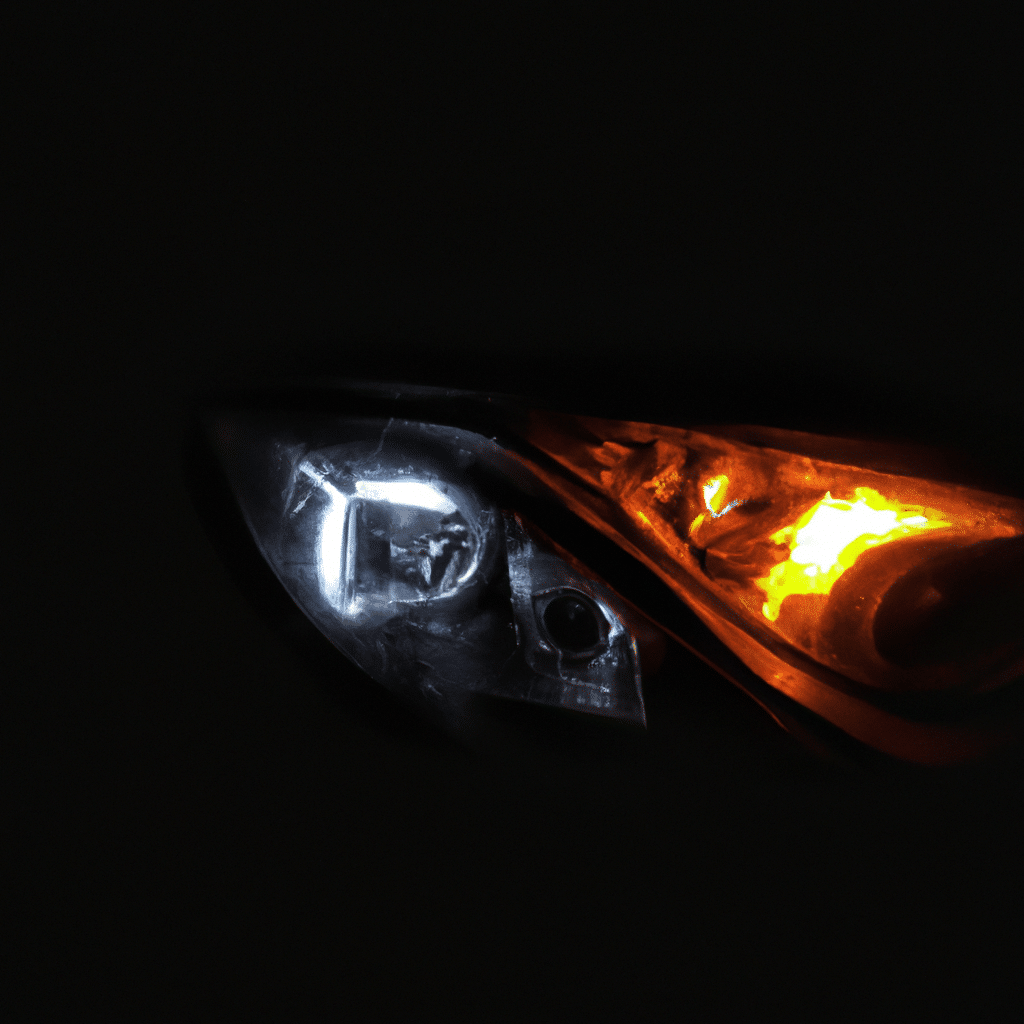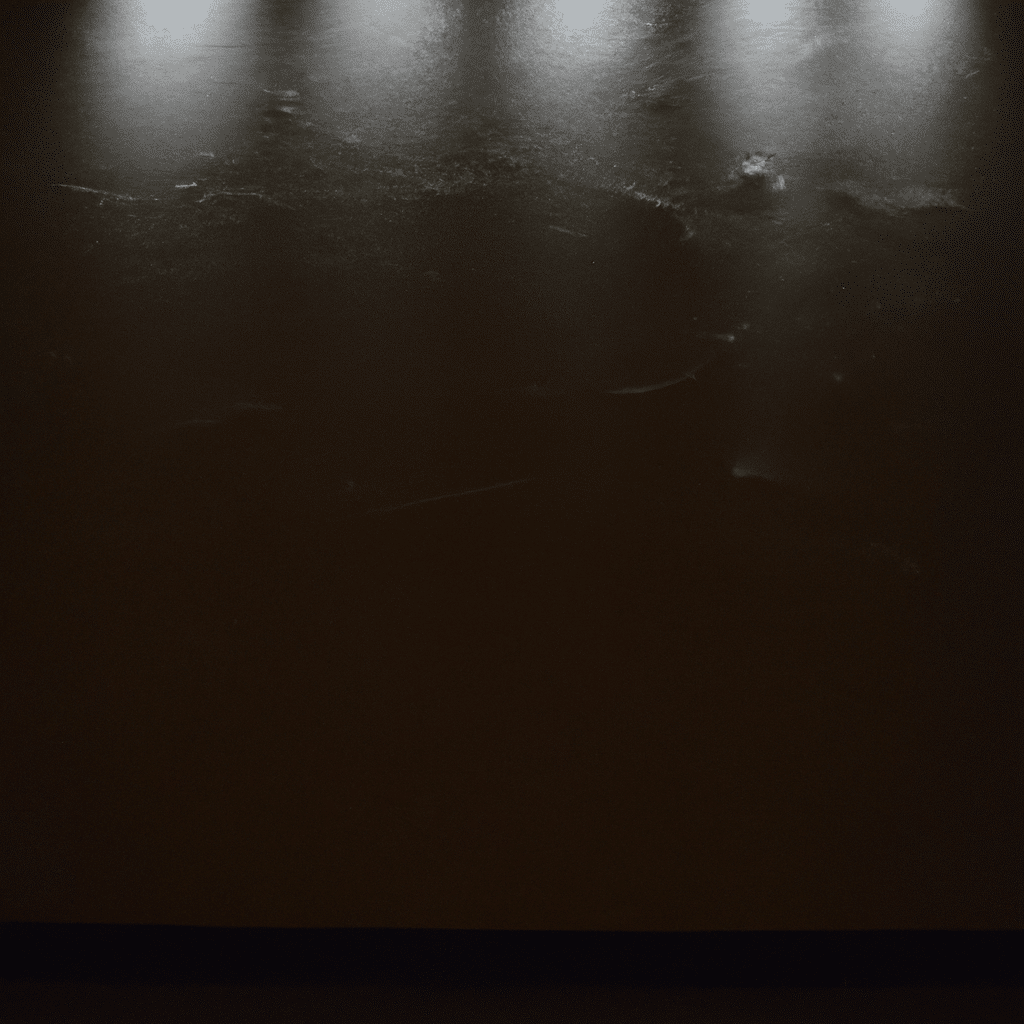Welcome to our comprehensive guide on troubleshooting LED heat dissipation problems for long-lasting performance. As lighting technology continues to evolve, LED (Light Emitting Diode) bulbs have emerged as a popular choice due to their energy efficiency and longevity. However, many users encounter issues related to heat dissipation, which can affect the performance and lifespan of LEDs. In this article, we will delve into the intricacies of LED heat dissipation and provide valuable insights to help you overcome these challenges.
Understanding LED Heat Dissipation
LEDs produce light by passing an electric current through a semiconductor material. While this process is highly efficient, it also generates heat. Excessive heat buildup can degrade the performance and shorten the lifespan of LEDs. It is crucial to dissipate this heat effectively to maintain optimal functionality. LED heat dissipation involves transferring generated heat away from the LED component to ensure a safe operating temperature.
Common LED Heat Dissipation Problems
Insufficient Heat Sink Design
One of the primary causes of LED heat dissipation problems is an insufficient heat sink design. Heat sinks are crucial components that help transfer heat away from the LED. Poorly designed or undersized heat sinks can result in inadequate heat dissipation, leading to increased temperatures and reduced performance. It is important to select an appropriate heat sink that matches the specific requirements of the LED bulb or fixture.
Inadequate Thermal Interface Material (TIM)
The thermal interface material (TIM) is responsible for facilitating the transfer of heat between the LED and the heat sink. A subpar or improperly applied TIM can hinder the dissipation process, resulting in elevated temperatures. It is essential to choose a high-quality TIM and ensure proper application to maximize heat transfer efficiency.
Poor Ventilation and Airflow
Inadequate ventilation and restricted airflow around LED fixtures can impede heat dissipation. Enclosed or poorly ventilated environments can trap heat, leading to increased temperatures and reduced LED performance. Proper airflow management, such as the use of fans or vents, is critical to maintaining optimal operating temperatures for LEDs.
Overdriving LEDs
Overdriving LEDs by exceeding their recommended current ratings can significantly impact heat dissipation. This practice can lead to increased heat generation and thermal stress, ultimately reducing the lifespan of the LEDs. Following manufacturer guidelines and operating LEDs within their specified parameters is crucial to ensure efficient heat dissipation and extend their longevity.
Ambient Temperature
The ambient temperature in the environment where LEDs are installed plays a vital role in heat dissipation. High ambient temperatures can impede the natural cooling of LEDs, causing them to operate at elevated temperatures. It is important to consider the operating environment and select LEDs with appropriate thermal characteristics to ensure optimal performance.
Troubleshooting LED Heat Dissipation Problems
Proper Heat Sink Selection
Choosing the right heat sink is critical for effective heat dissipation. Consider factors such as the LED power rating, thermal resistance, and form factor when selecting a heat sink. Opt for heat sinks with larger surface areas and efficient fin designs to enhance heat transfer. Additionally, ensure proper installation and secure mounting to optimize heat dissipation.
Optimize Thermal Interface Material (TIM)
Investing in high-quality TIM and applying it correctly is essential for maximizing heat transfer between the LED and the heat sink. Follow the manufacturer’s guidelines for applying TIM, ensuring proper coverage and avoiding excessive or insufficient amounts. Regularly check and replace TIM if necessary to maintain optimal performance.
Enhance Ventilation and Airflow
Improve ventilation and airflow around LED fixtures by ensuring proper spacing and avoiding obstruction. Consider using fans, vents, or heat sinks with built-in fans to enhance airflow. Proper air circulation will aid in dissipating heat and maintaining lower operating temperatures for LEDs.
Adhere to Manufacturer Guidelines
Always follow the manufacturer’s guidelines and specifications for operating LEDs. Avoid overdriving LEDs beyond their recommended current ratings to prevent excessive heat generation. Operating LEDs within their specified parameters will ensure efficient heat dissipation and prolong their lifespan.
Manage Ambient Temperature
Consider the ambient temperature of the installation environment when selecting LEDs. Opt for LEDs with appropriate thermal characteristics to withstand high ambient temperatures. Adequate heat sinking and ventilation should be implemented to counteract the adverse effects of elevated ambient temperatures.
Conclusion
In conclusion, troubleshooting LED heat dissipation problems is crucial for ensuring long-lasting performance and maximizing the lifespan of LEDs. By understanding the common issues related to heat dissipation and implementing the appropriate solutions, you can overcome these challenges and optimize the functionality of your LED lighting systems. Proper heat sink selection, optimization of thermal interface materials, enhanced ventilation and airflow, adherence to manufacturer guidelines, and managing ambient temperature are key steps towards achieving efficient LED heat dissipation. By applying these strategies, you can enjoy the full benefits of LED technology while ensuring its longevity and reliability.



